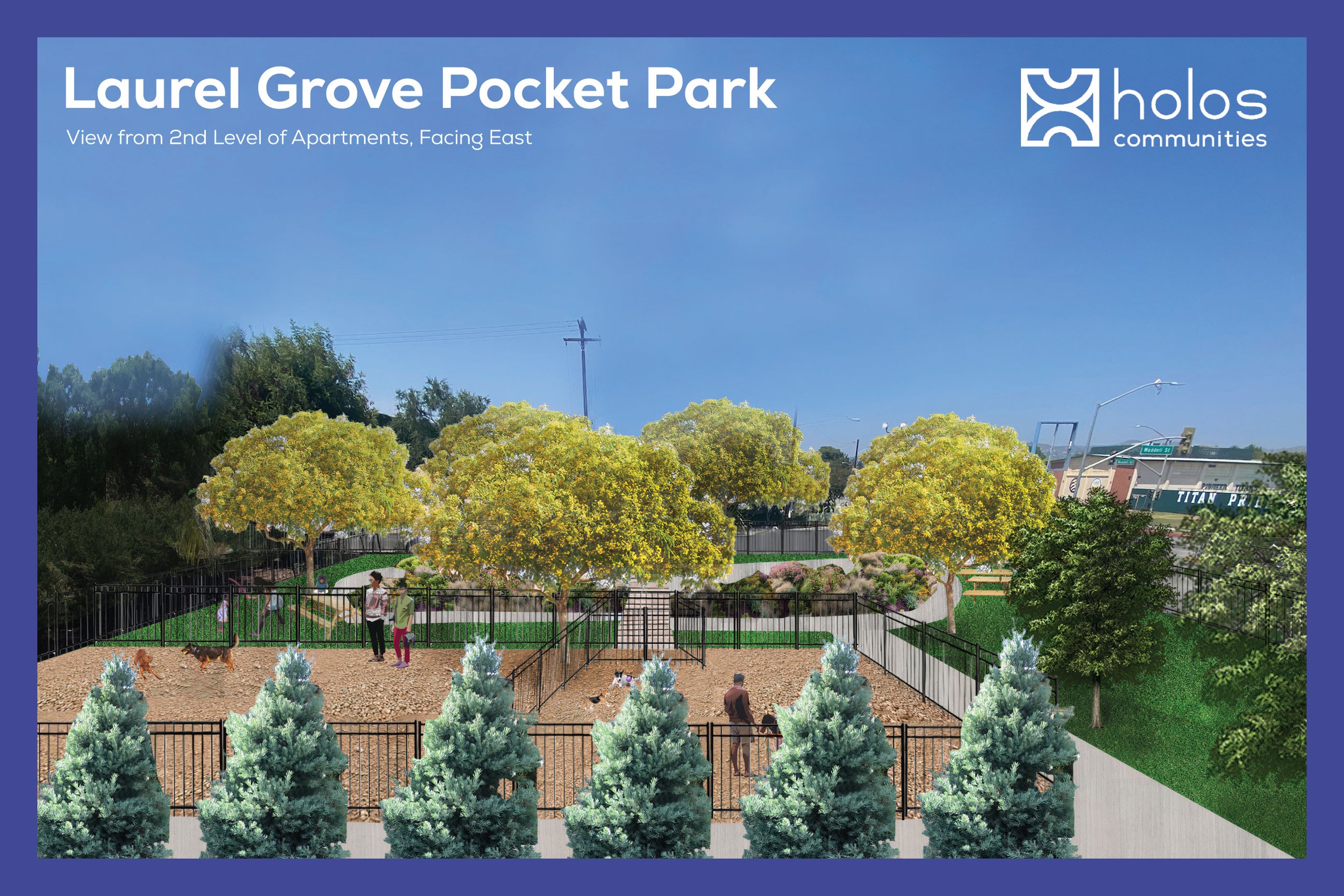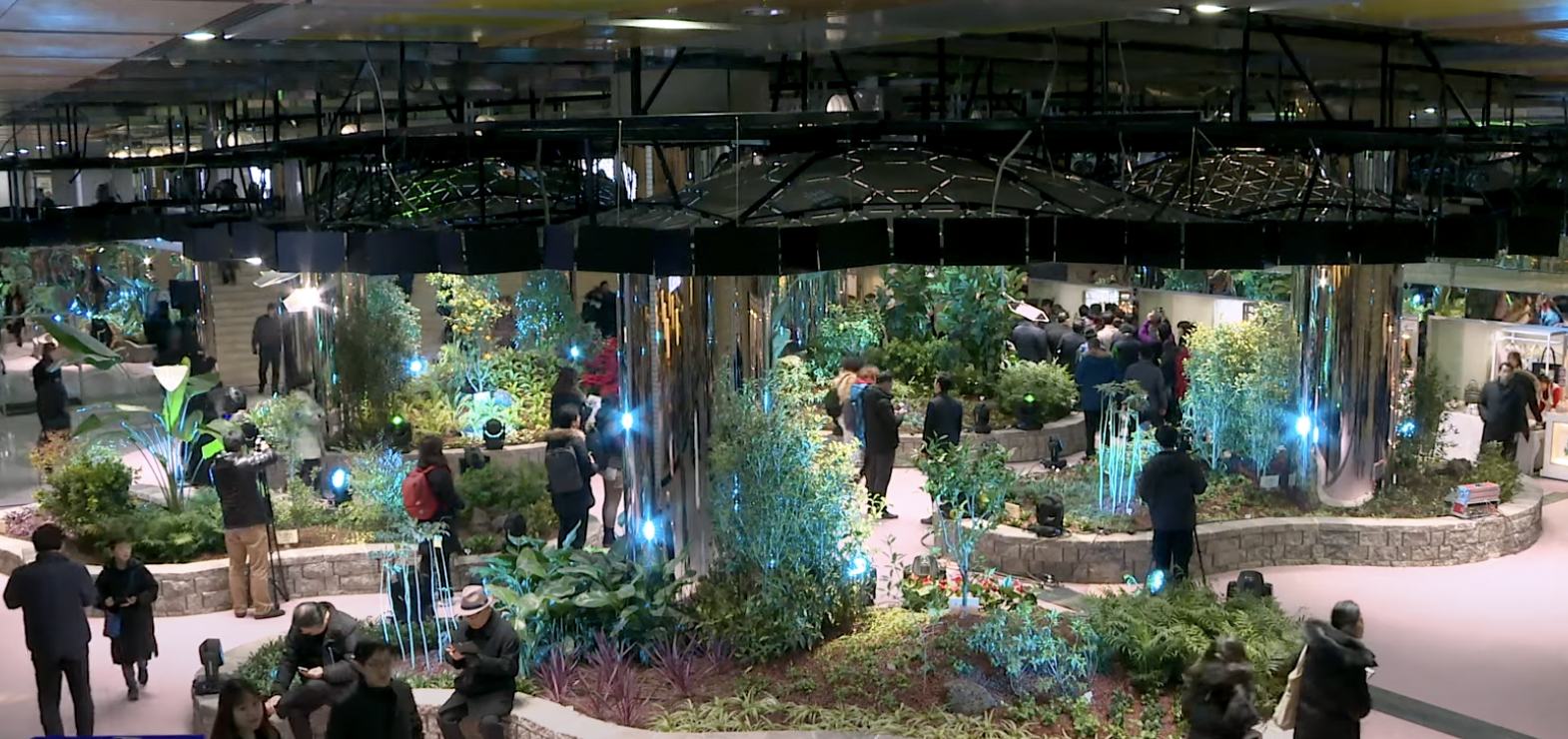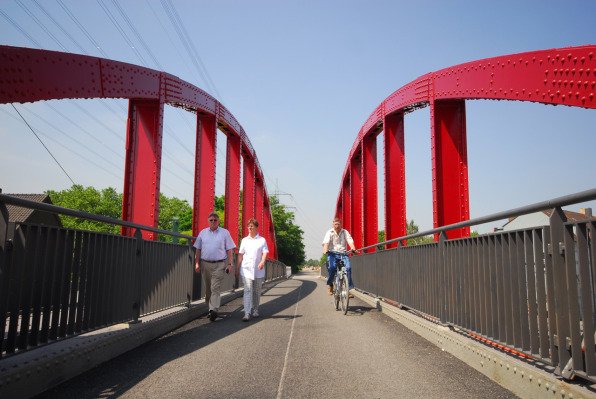How can Green Spaces Create Community and Drive Innovation?
Implementing and maintaining parks and green spaces provides sustainable benefits and helps build community. When pairing parks and green space with affordable housing, you can further mitigate the effects of green gentrification by keeping the people in the community where they are and providing people in the community the housing they need to stay. Through the creation of green spaces, we can correct historical injustices born from racist and exclusionary planning practices, while also creating environments that connect residents.
Parks and green spaces have several positive effects for a community. Green spaces offer communities spaces to play, gather and experience nature, while also reducing pollution and lowering temperatures in the surrounding area. Parks are symbolic of what makes a neighborhood “good,” which in turn motivates residents to invest in their communities.
However, a legitimate fear of eviction can hamper the desire to build new parks. The notion of “if you build a park here it’ll attract gentrifiers” fuels concerns over “green gentrification,” or the idea that adding a park makes a community more attractive to investment, driving up prices and displacing longstanding members of the community.
It is concerns like this that drive the equity work being done by advocates to ensure that green spaces serve communities instead of displacing them. LAROSAH, or the Los Angeles Regional Open Space and Affordable Housing Collaborative, is a group of organizations that focuses on connecting green spaces to affordable housing to promote equitable park access for all. Holos Communities is a proud member of LA ROSAH.
A rendering of Isla Intersections, our first property that will feature a “living lung” - a green space focused on purifying the air and reducing noise to create a quieter environment for tenants.
Green spaces and parks can be a place for connective, sustainable innovations when built alongside housing. Systems such as recycled greywater and rainwater capture, composting and community vegetable and fruit gardens, and electrical microgrids can reduce dependence on public utility and grocery connections. Additionally, parks provide a form of natural security, employment & plot ownership opportunities, and community building through programming with service providers and management at the affordable housing development.
Parks have an added effect of serving as mitigators for environmental factors. For example, in two of our properties (Isla Intersections and Laurel Grove), Holos has designed a conceptual landscaping feature we call a “living lung” – a grouping of trees selected for their potential to absorb pollution from nearby sources, are compatible with greywater irrigation systems, and are local to Southern California. Both properties are located within proximity of freeways, and the “living lung” will serve as a shield against incoming pollution, absorbing carbon and purifying the air around both properties. Additionally, the tree cover will also serve to dampen noise from the freeways and provide shade in the hot summer, providing a quieter and cooler experience for tenants.
A rendering of a pocket park at Laurel Grove - a green space open to tenants and community members around the site. Laurel Grove will also be the second Holos Communities property to feature a “Living Lung” on site.
In thinking through how we can integrate green spaces within our communities, we can take inspiration from other places across the world that have woven green landscaping and park space into other infrastructure. Taking concepts from around the world can help in creating more equitable spaces for all here in Los Angeles.
In Germany, there is a movement to create the RS1 – a bicycle highway that will stretch 62 miles (100km) and traverse across 10 major cities in Germany. The inspiration for the creation of the RS1 came from similar bike networks developed in the Netherlands and Denmark, with estimates that the bike path will remove 50,000 vehicles off the roads in Germany when completed. How cool would it be if LA’s Vision Zero 2.0 took this next step?
In Seoul, South Korea, parks and green spaces are integrated into two metro stations to beautify underground transit corridors and take advantage of spaces that would otherwise go empty. At Jonggak Station, commuters can come across a garden lit by solar collectors aboveground that redirect light to citrus trees, flowers and more. At Sangdo Station, an underground urban farm taking up 394 square meters of space produces approximately 30kg of produce each day that are used by an adjacent café.
We can look at innovations around parks from other parts of the world to inspire new ways of creating community-serving green spaces in Los Angeles.
To bring green spaces and parks to life, we have to fund them. Funding for joint parks and housing developments is usually not tied to traditional funding sources like the Low Income Housing Tax Credit (LIHTC). Currently, our financial tools for housing focus on funding specific focus areas – and don’t usually allow flexibility for building housing along with parks and green spaces. Additionally, getting investors comfortable with spending on green spaces and parks is another challenge.
Additionally, we must continue to listen to our communities and involve them in the development process. Historically, developers have been so focused with housing and housing alone, and while we know it’s necessary in Los Angeles, we need to also involve community members and listen to what they need in this moment along with housing. Also, in order to build community-centered green spaces, like in Germany, South Korea and other parts of the world, we need to add new financial tools in our arsenal that let us develop innovative green infrastructure.
In short, we must envision new ways of using our funding sources, as well as add new sources, to address and solve more than one crisis at a time. One way to do this is to revamp our current funding sources to be multi-benefit – meaning that we can use tools like LIHTC to not just build housing, but also green spaces that communities nearby can benefit. Additionally, creating new pools of funding that fund green spaces alongside affordable housing developments can go a long way to bringing spaces that bring communities together. Together, these ideas can allow developers to reflect the needs of the community while continuing to create housing for all.
Author
Audrey Peterson
As the former Director of Housing Development, Audrey oversaw all aspects of housing development. She initiated joint ventures on projects as well as partnerships with service providers, general contractors, architectural firms, and new collaborators.





